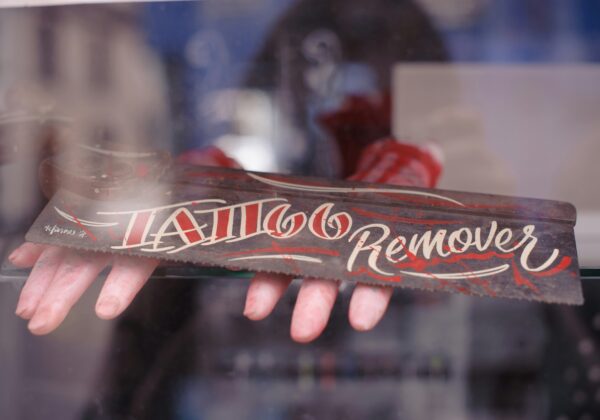As technology continues to advance, the world of tattoos is evolving in ways that were once unimaginable. Among the most exciting developments is the integration of nanotechnology into tattooing. This innovation promises to revolutionize body art by offering a level of personalization, interactivity, and functionality that goes far beyond traditional tattoos.
The Basics of Nanotechnology in Tattoos
Nanotechnology involves manipulating matter on an atomic or molecular scale, usually within the range of 1 to 100 nanometers. When applied to tattooing, this technology allows for the creation of ink particles so small that they can perform unique functions, such as changing color, reacting to external stimuli, or even displaying digital information.
Real-Life Examples of Nanotech Tattoos
While still in its early stages, several real-life examples demonstrate the potential of nanotechnology in tattoos:
- Color-Changing Tattoos: Researchers at MIT have developed tattoo inks that can change color in response to changes in the body, such as shifts in blood sugar levels. For example, a person with diabetes could have a tattoo that shifts in hue when their glucose levels are too high or too low, providing a continuous, non-invasive way to monitor their health.
- Interactive Tattoos: A team at the University of Illinois has created a temporary tattoo that can interact with wearable devices. This tattoo, which includes nanoscale circuits, can monitor vital signs like heart rate and hydration levels, sending real-time data to a smartphone or smartwatch. This type of tattoo could be particularly beneficial for athletes or individuals managing chronic health conditions.
- Digital Display Tattoos: The notion of tattoos as a form of communication is being taken to a new level with the development of digital display tattoos. Researchers are working on integrating micro-LEDs into tattoo ink, which could allow individuals to display messages, images, or even animations directly on their skin. This technology could be used for everything from personal expression to functional displays, such as notifications or medical alerts.
The Future of Nanotech Tattoos
As with any emerging technology, nanotech tattoos come with both exciting possibilities and potential challenges. On one hand, they could revolutionize healthcare by providing real-time monitoring of a wide range of conditions, from diabetes to cardiovascular health. On the other hand, there are concerns about privacy, security, and the long-term effects of having nanoscale particles embedded in the skin.
Furthermore, the cost and accessibility of such tattoos will be significant factors in their widespread adoption. Currently, these technologies are still in the research phase and are not yet available to the general public. However, as the technology matures and becomes more affordable, it’s likely that we’ll see an increase in the availability of nanotech tattoos.
Ethical and Social Considerations
The introduction of nanotechnology in tattoos also raises ethical questions. For instance, how will these tattoos affect our understanding of privacy and bodily autonomy? If a tattoo can change color or display information, who controls that data? Additionally, as with any technological advancement, there is the potential for socioeconomic disparities, where only those who can afford such innovations will have access to them.
Conclusion
Nanotechnology in tattoos represents a thrilling new frontier in body art, blending science, technology, and personal expression in unprecedented ways. From color-changing inks that monitor health to interactive designs that connect with wearable tech, the possibilities are vast and varied. As research progresses, these futuristic tattoos could become a commonplace part of our lives, offering new ways to express ourselves, monitor our health, and interact with the world around us.
While challenges remain, the integration of nanotechnology into tattooing is a powerful reminder of how quickly the boundaries of art and science are expanding. The future of tattoos is not just skin deep—it’s nano-deep.



